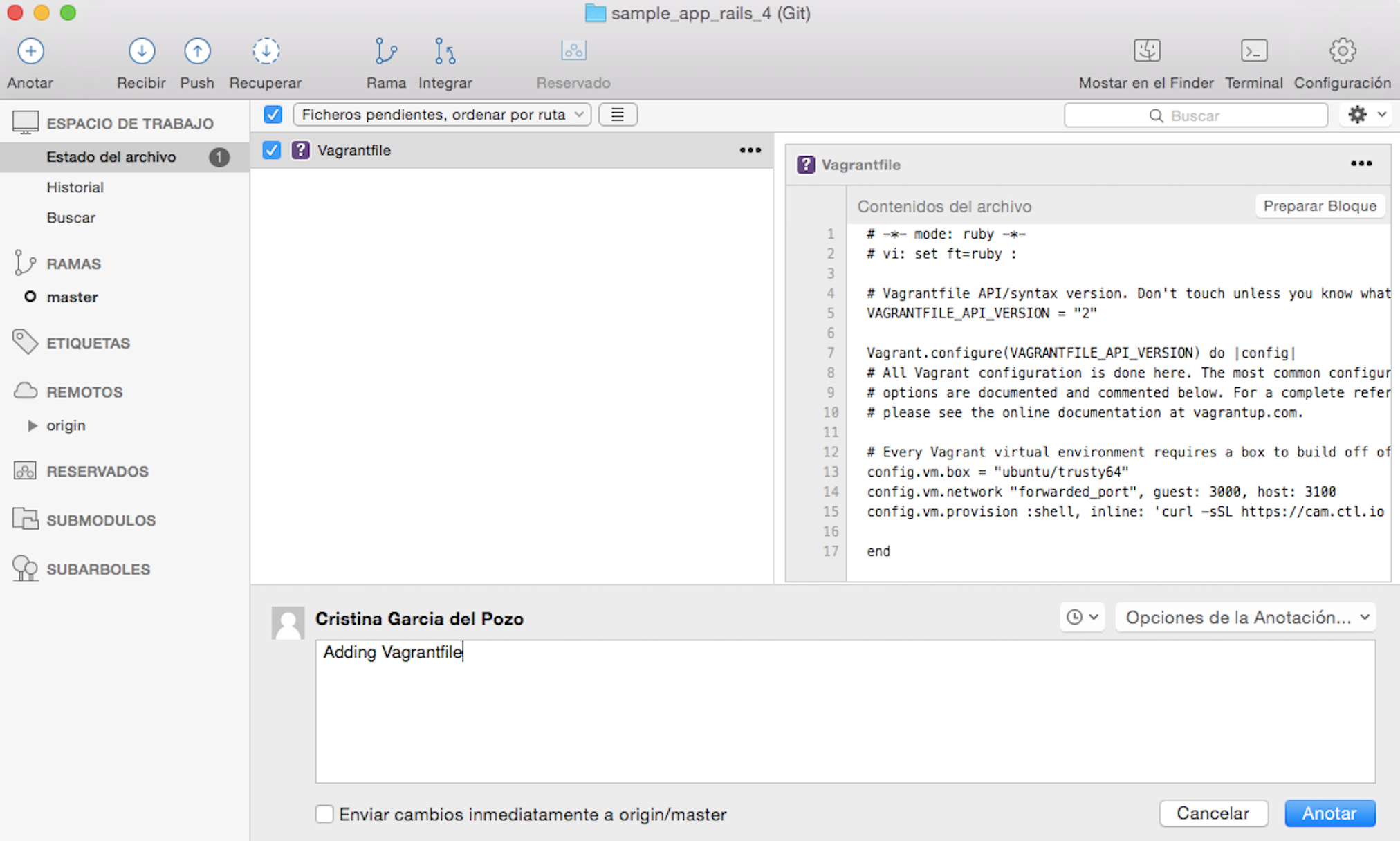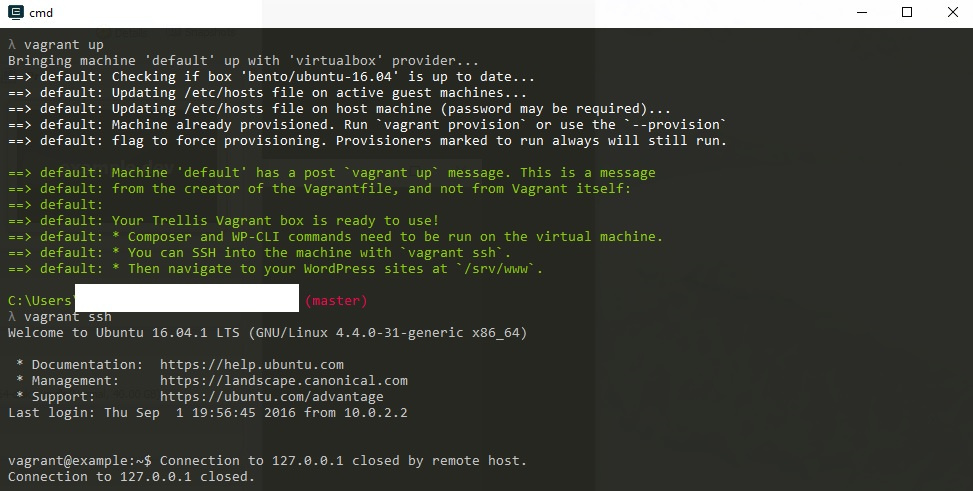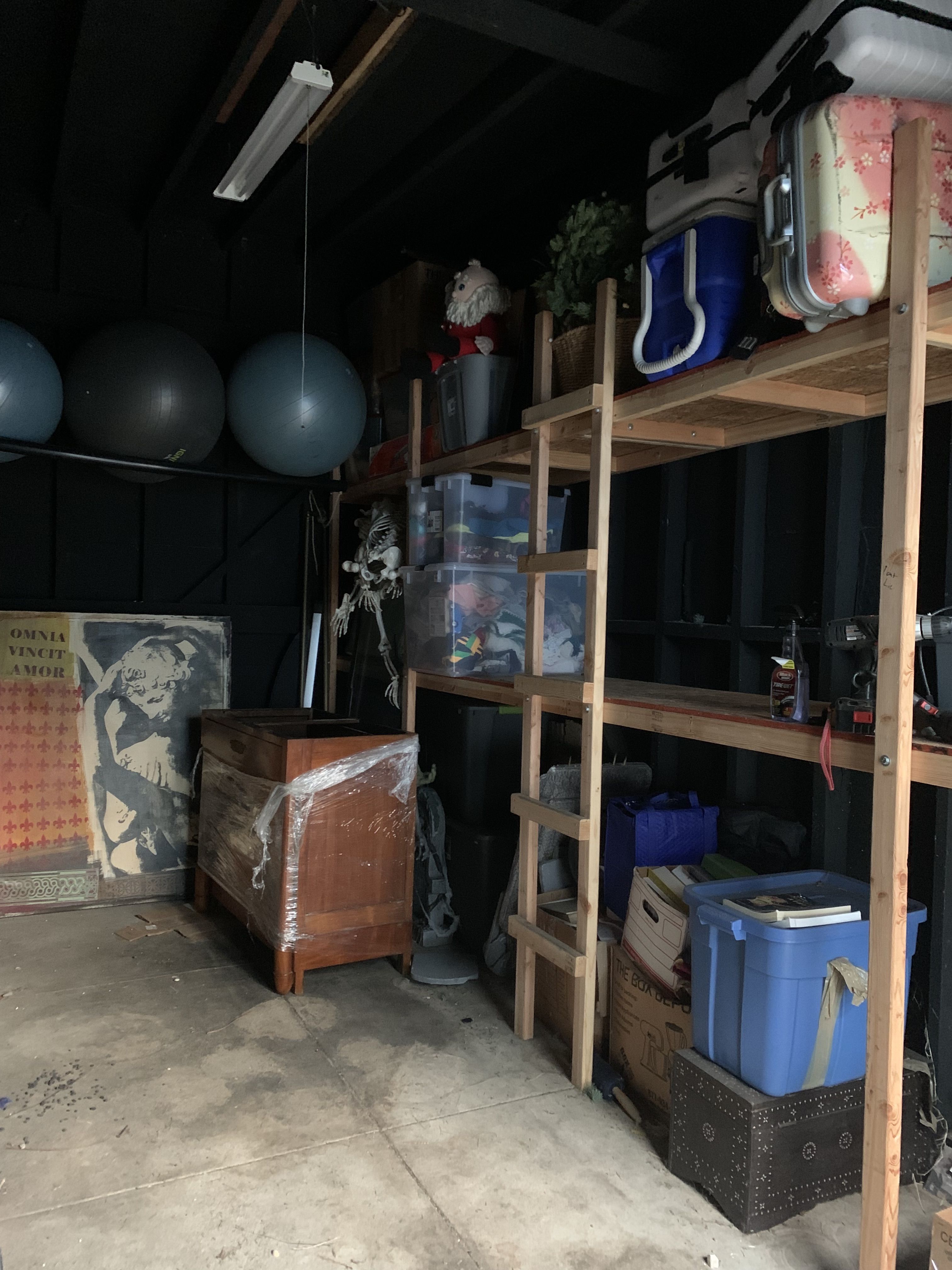

- #Vagrant example how to#
- #Vagrant example install#
- #Vagrant example software#
- #Vagrant example code#
Roles has more information about some roles.
#Vagrant example how to#
Watch a short screencast demonstrating how to use roles. # After you are done enabling and/or disabling roles, run this to make the change take effect. $ vagrant roles disable role # Turn off role for this machine. $ vagrant roles enable role # Turn on role for this machine.
#Vagrant example software#
These optional software stacks are collectively known as 'roles', and MediaWiki-Vagrant offers an easy and powerful command-line interface for managing them. MediaWiki-Vagrant sets up a basic MediaWiki instance by default, but it also knows how to configure a range of complementary software, including some popular MediaWiki extensions and their dependencies.
#Vagrant example install#
Fedora usually come with NFS installed if not run sudo dnf install nfs-utils. In Ubuntu, use sudo apt-get install nfs-kernel-server.

#Vagrant example code#
Network Active network connection with sufficient bandwidth to download Debian Linux updates and MediaWiki source code Time for setup 20 minutes to 2 hours, depending on conditions and if you have any troubles Começo rápido

Note in particular that the VM disk images will be stored under your home directory by default.

Disk For complex installations you must have 10-12 GB free on the primary drive (/home partition for Linux, C: drive for Windows). Do not attempt to run on a system with only 2 GiB RAM, it will eventually fail. Requisitos de sistema CPU 64-bit x86 processor OS Linux, macOS, or Windows Memory At least 4 GiB RAM total on your system, preferably 8 GiB or more, in order to run both the host operating system and the VM. O melhor de tudo, porque a configuração é automatizada e contida em um ambiente virtual, os erros são fáceis de desfazer. Uma vez que a configuração está orientada para um desenvolvimento fácil e não para segurança, o MediaWiki-Vagrant não é recomendado para wikis de acesso público.Ī máquina virtual que MediaWiki-Vagrant cria torna mais fácil para aprender sobre, modificar e melhorar o código de MediaWiki: informações de depuração útil é exibida por padrão, e várias ferramentas de desenvolvimento são criados especificamente para inspecionar e interagir com código de MediaWiki, incluindo um depurador poderoso e um intérprete interativo. Consiste em um conjunto de scripts de configuração para Vagrant e VirtualBox que automatizam a criação de uma máquina virtual que executa MediaWiki. MediaWiki-Vagrant é um ambiente de desenvolvimento portátil MediaWiki. This inventory is configured according to the SSH tunnel that VagrantĪutomatically creates.Visão geral visual do vagrant Logo do MediaWiki Vagrant Bryan Davis explica em uma entrevista na Wikimania o que MediaWiki Vagrant é TechTalk em MediaWiki-Vagrant por Bryan Davis e Dan Duvall Slides da TechTalk em MediaWiki-Vagrant de Bryan Davis e Dan Duvall vagrant/provisioners/ansible/inventory/vagrant_ansible_inventory. With our Vagrantfile example, Vagrant automatically creates an Ansible This isįaster than kicking vagrant provision and pretty easy to do. Sometimes you may want to run Ansible manually against the machines. This information can be quite useful to debug integration issues and can alsoīe used to manually execute Ansible from a shell, as explained in the next $ PYTHONUNBUFFERED = 1 ANSIBLE_FORCE_COLOR = true ANSIBLE_HOST_KEY_CHECKING = false ANSIBLE_SSH_ARGS = '-o UserKnownHostsFile=/dev/null -o IdentitiesOnly=yes -o ControlMaster=auto -o ControlPersist=60s' ansible-playbook -connection =ssh -timeout = 30 -limit = "default" -inventory-file =/home/someone/coding-in-a-project/.vagrant/provisioners/ansible/inventory -v playbook.yml


 0 kommentar(er)
0 kommentar(er)
